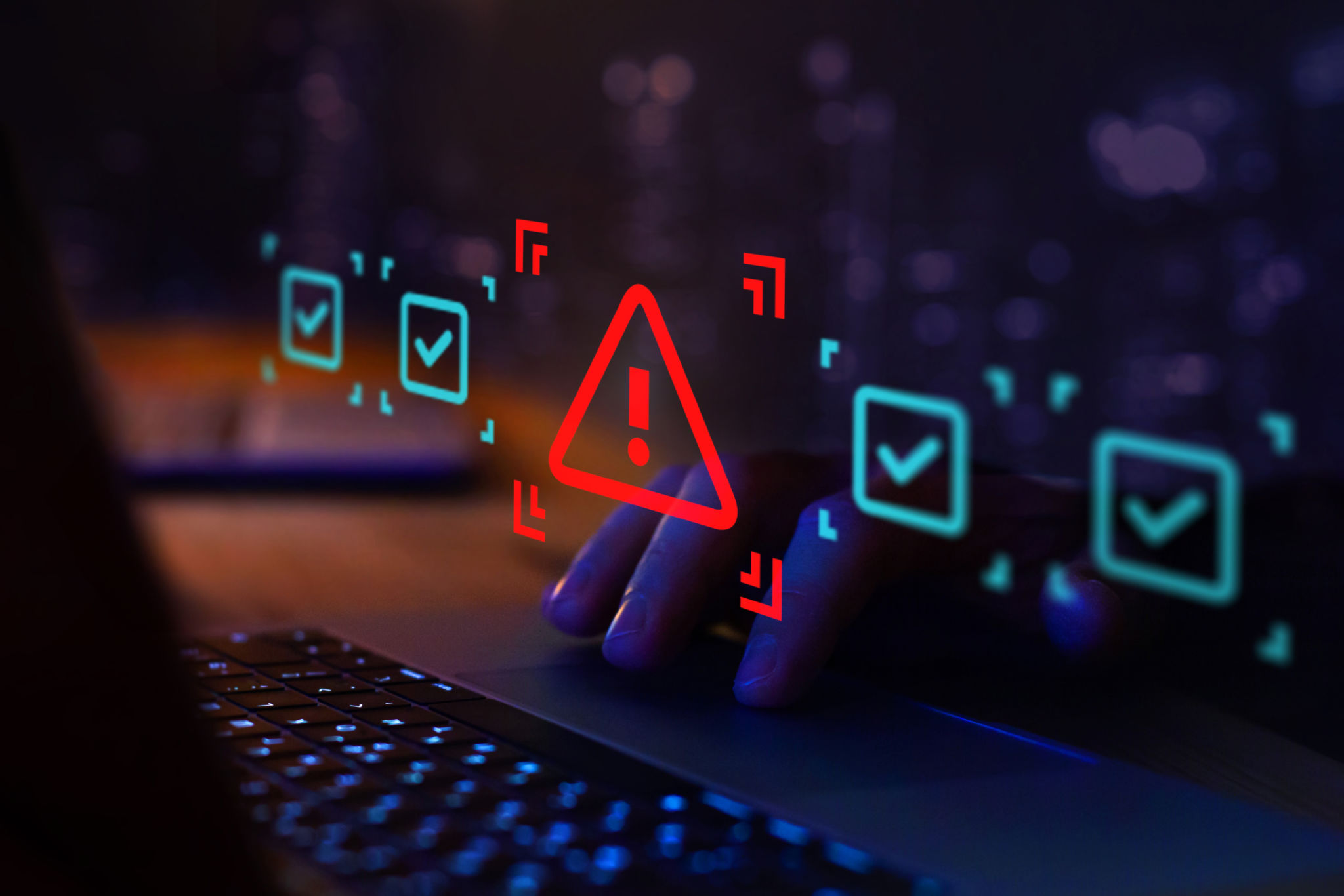Preparing Your Business for Cyber Threats: A Seasonal Guide
Understanding the Seasonal Nature of Cyber Threats
Cyber threats can often be seasonal, with certain times of the year seeing an uptick in specific types of attacks. Understanding these patterns is crucial for businesses aiming to protect themselves effectively. For instance, phishing attempts often increase during tax season as cybercriminals exploit the chaos to trick unsuspecting individuals. Similarly, the holiday season can see a rise in attacks targeting e-commerce platforms. By recognizing these trends, businesses can proactively bolster their defenses.
An essential starting point is conducting a thorough risk assessment. This assessment should evaluate your current cybersecurity measures and identify potential vulnerabilities that could be exploited during peak threat periods. Ensure that your software and systems are up-to-date with the latest security patches and updates.

Enhancing Employee Awareness and Training
Your employees are your first line of defense against cyber threats. Thus, regular training sessions are vital to keep them informed about the latest tactics used by cybercriminals. During high-risk seasons, consider implementing more frequent training sessions to emphasize the importance of vigilance.
It's also beneficial to conduct simulated phishing attacks to test your employees' readiness. These simulations can help identify who might need additional training and highlight common pitfalls that attackers exploit. By fostering a culture of awareness, you can significantly reduce the risk of human error leading to a security breach.

Implementing Robust Security Measures
Ensuring that your business has strong security measures in place is essential regardless of the season. Start with basic measures such as firewalls, antivirus software, and encryption techniques. Regularly updating these tools can prevent cybercriminals from exploiting known vulnerabilities.
Consider investing in advanced solutions like AI-driven threat detection systems, which can provide an additional layer of security by identifying unusual patterns that may indicate a cyber threat. Two-factor authentication is another effective measure, adding an extra step for anyone trying to access your systems.
- Firewalls
- Antivirus Software
- AI-driven Threat Detection
- Two-factor Authentication

Developing a Response Plan
No system is foolproof, which makes having a comprehensive response plan crucial. This plan should outline the steps your business will take in the event of a cyberattack, ensuring that everyone knows their role in mitigating damage and restoring operations.
Your response plan should include clear communication strategies both internally and externally, ensuring that stakeholders are promptly informed. Regularly testing this plan through drills can help highlight any weaknesses and ensure that your team is prepared to act quickly and effectively in a real-world scenario.
Seasonal Review and Adjustment
Cybersecurity is not a set-it-and-forget-it task. As seasons change, so do threats and technologies. Conducting regular reviews of your cybersecurity measures allows you to adjust your strategies according to the current threat landscape.
Engage with cybersecurity experts to stay informed about emerging threats and best practices. Implementing feedback from these reviews into your security framework ensures that your business remains resilient against potential threats throughout the year.

Conclusion
Preparing your business for cyber threats requires a proactive approach that adapts to seasonal changes and evolving cybercriminal tactics. By understanding seasonal threat patterns, enhancing employee training, implementing robust security measures, developing a response plan, and continually reviewing your strategies, your business can remain protected against the ever-present threat of cyberattacks.
Remember, cybersecurity is an ongoing effort that requires vigilance and adaptation to safeguard your business assets effectively. Taking these steps not only protects your data but also helps maintain trust with your clients and partners.
